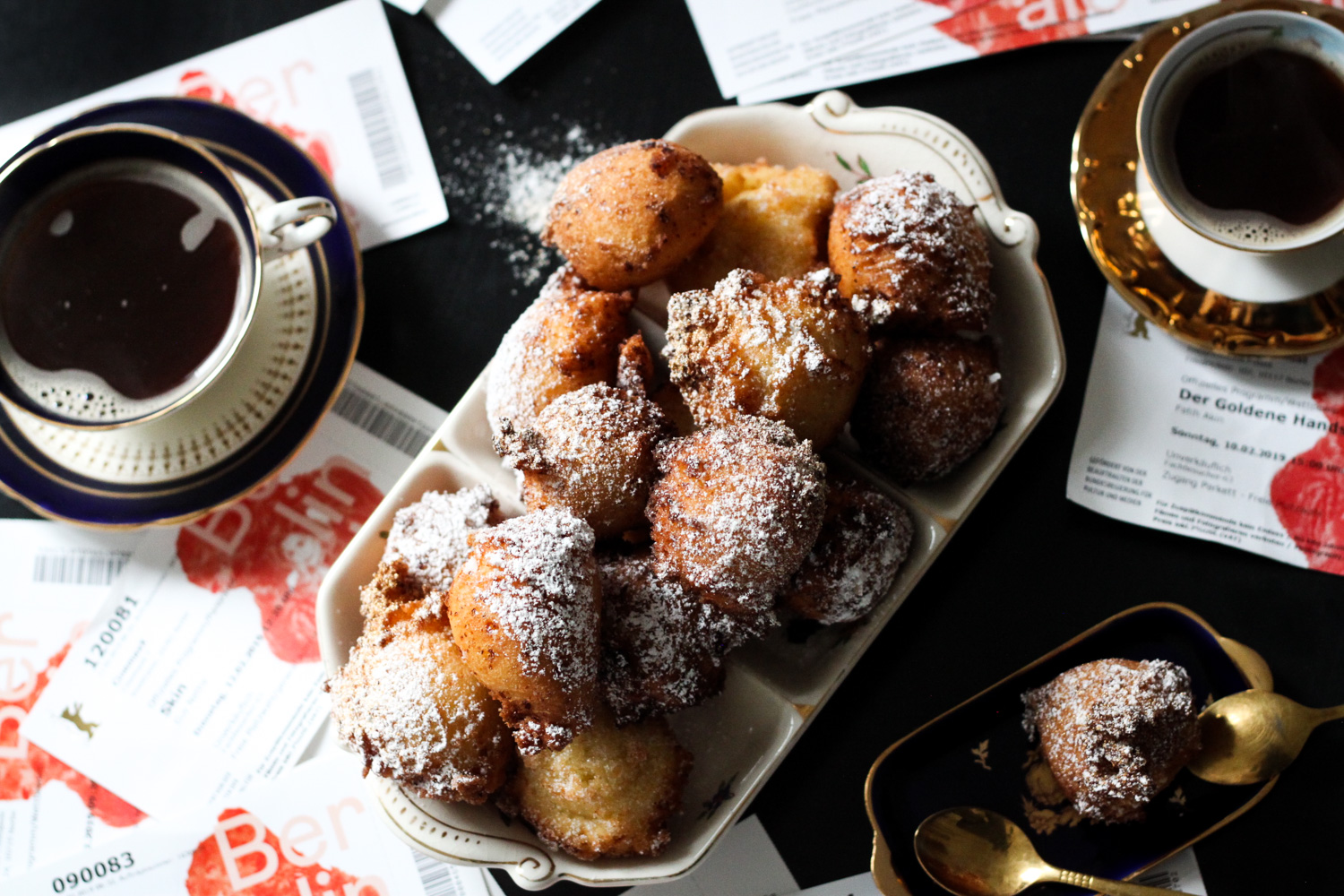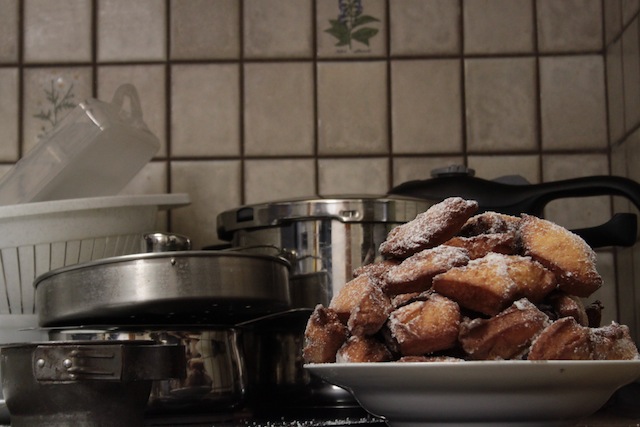
Yes, yes, yes, February feels like a distant dream of long-ago coats and scarves, fur-lined gloves and wind so cold it creaks inside the wet, warm inside of your cheeks. But for the most part, none of the films I saw at this year’s Berlinale will be out for another twelve months anyway, so this post is mostly just as relevant as it might have been when it was maybe a little more relevant.
What was it about this year’s Berlinale that made us drop like flies? Every single one of us was sick by the end. I left my last film and went straight to bed for two days, waking in a feverish twilight and wanting the covers, a bowl of popcorn dusted with Old Bay, and the Game of Thrones opening sequence jauntily humming from my laptop speakers. Ugh, art films! it made me want to say and mouth a silent scream. Ugh, to the obscenity-strewn pointlessness of Mid-90s. Ugh, to the questionable metaphors of Flatland. Ugh, to the black-and-white smugness of Elisa y Marcela, which was so bad I had to leave the theater.
Some of our posse were more pleased with their choices, but I felt like I’d mostly picked a bunch of duds. Though there were films I really did enjoy, even now, looking back on it a month later, there wasn’t anything that left a sear in my heart like last year’s Tinta Bruta or Call Me By Your Name from the year before that.
What can I recommend of the twenty films I saw? VICE was excellent, incisive, timely – and terrifying. Systemsprenger, about kids who fall through the system’s cracks, was haunting and heart-wrenching and so well-acted. And Waiting for the Carnival was a beautiful documentary that did an excellent job of withholding judgment on a story that could so easily have been a lecture on the evils of industrialization. » Continue reading this post...





